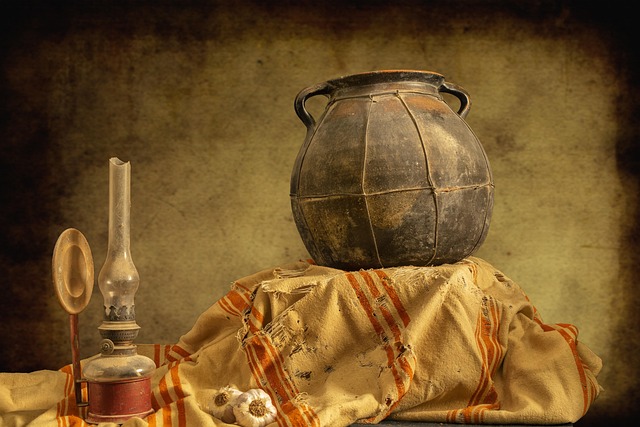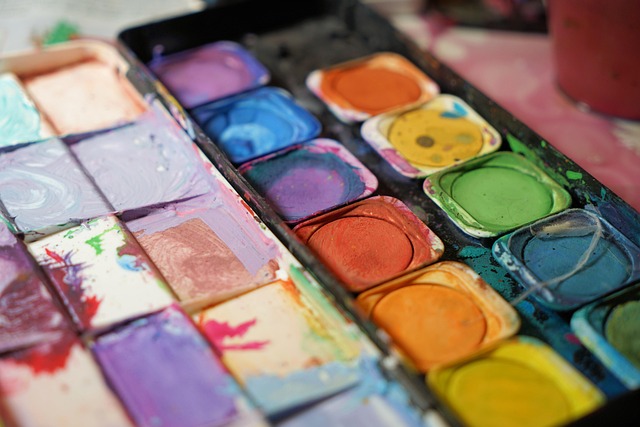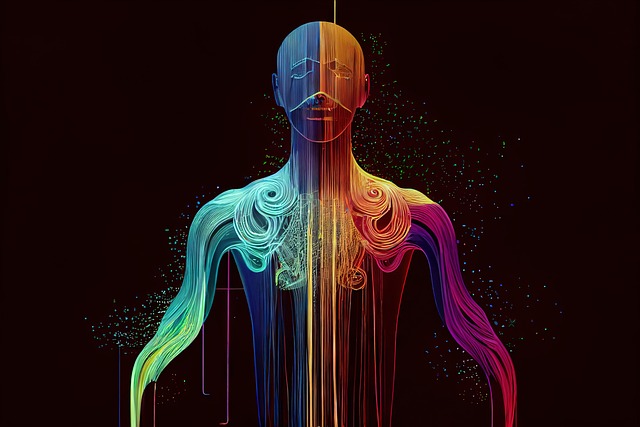Exploring the Art of Tapestry Design in Graphic Work
In the realm of graphic design, the term tapestry” conjures images of vibrant threads intricately woven together to create a visual masterpiece. Just as a physical tapestry tells a story through its textures and colors, graphic design offers a unique medium to weave narratives through images, patterns, and typography. This art form transcends traditional boundaries, inviting designers to explore and create works that resonate with emotion and depth.
The Historical Significance of Tapestry
Tapestries have long been revered for their ability to convey history and culture. Originating as textiles used to adorn the walls of castles and homes, these woven works often depicted tales of myth, folklore, and the human experience. In the context of graphic design, this tradition reminds us of the importance of storytelling through visuals. Just as a tapestry can evoke feelings of nostalgia, warmth, or curiosity, graphic design can elicit similar responses by employing colors, shapes, and imagery that speak to the audience.
Visual Harmony in Design
In tapestry design, harmony comes from the careful selection of colors and patterns. Similarly, in graphic work, designers must consider the interplay between elements to achieve a cohesive composition. The use of color can evoke various emotions; warm hues can create a sense of comfort, while cooler tones may evoke calmness or tranquility. By harnessing the power of color and pattern, graphic designers can create a tapestry of visual elements that engage viewers on an emotional level.
Textile Textures in Digital Art
The texture of a tapestry breathes life into the fabric, offering depth and dimension. In graphic design, texture plays a critical role in creating visual interest. By incorporating layers and digital textures, designers can mimic the richness of a tapestry, making their work not just seen but felt. Techniques such as adding grain, shadows, and highlights can transform a flat design into a multidimensional experience, inviting the viewer to explore the artwork further.
Interpreting Tradition through Modern Techniques
Modern graphic designers have the opportunity to reinterpret the traditions of tapestry in new and innovative ways. By merging traditional weaving patterns with digital tools, artists can create stunning visuals that honor the past while embracing contemporary aesthetics. The blend of hand-drawn illustrations and digital techniques allows designers to craft unique pieces that maintain the soulful essence of tapestry, all while pushing the boundaries of what graphic design can achieve.
Creating a Personal Narrative
Just as every tapestry is a unique creation, so too is each design project an opportunity for personal expression. Designers can draw from their own experiences, cultural heritage, and emotional landscapes to create work that resonates deeply with both themselves and their audience. This personal touch transforms a design from mere visuals into a tapestry of stories, inviting viewers to connect with the art on a more intimate level.
In essence, the art of tapestry design within graphic work fosters a profound connection between the creator and the audience. Through thoughtful composition, emotional resonance, and a reimagining of traditional techniques, designers can weave intricate narratives that capture the spirit of tapestry, turning every piece into a rich and engaging storytelling medium.




